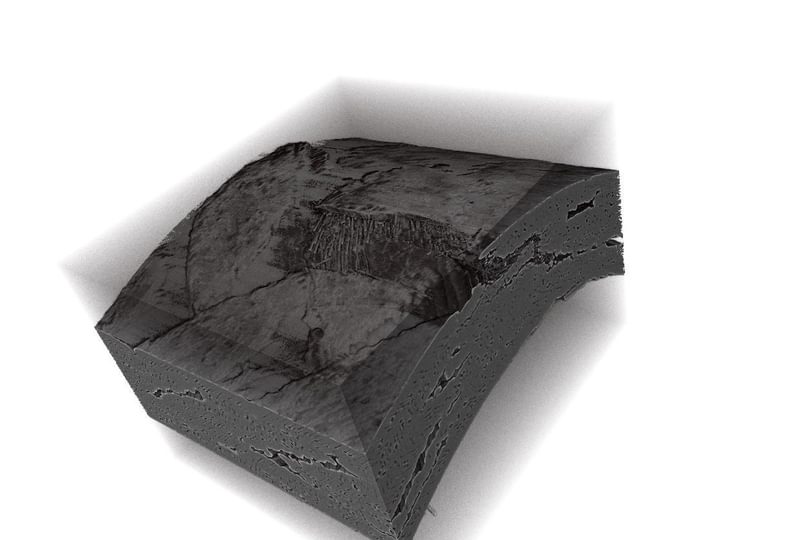
Researchers from the Oxford Martin School's Programme in Nuclear and Energy Materials have been working around the clock testing the limits of materials for use in reactors.
The research will be used to guide the development of materials that have a lower risk of failure during reactor operation and also in extreme events, such as accidents. The work forms part of a wider experiment at the Diamond Light Source synchrotron at the Harwell Science Campus in Oxfordshire, and will see the team use the powerful X-ray facility to observe the internal damage that occurs as they perform mechanical tests.
Experiments of this nature are important in helping predict the behaviour of materials that do not yet exist. The methods used by the team were some of those developed by Dr Mahmoud Mostafavi during his time as a James Martin Fellow at the Oxford Martin School.
The Diamond Light Source synchrotron, one of the most advanced scientific facilities in the world, provides an intensely bright X-ray beam, which enables scientists to study their samples using a machine that is 10,000 times more powerful than a traditional microscope.
The time sensitivity of the experiment is largely due to strictly limited access to the synchrotron, entrance to which is obtained through a process of highly competitive peer review. The team of eight researchers worked for 24 hours a day in shifts to ensure everything got finished in their allocated time slot.
The team will go on to analyse the data collected, which includes nearly three terabytes of images, using a technique called Digital Volume Correlation, which can precisely measure the deformations between sequences of images. In the future, these experiments will be carried out with irradiated materials, and at temperatures up to 1000°C.